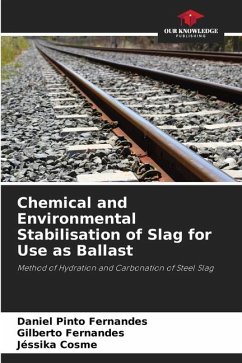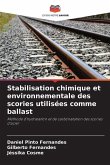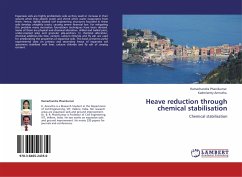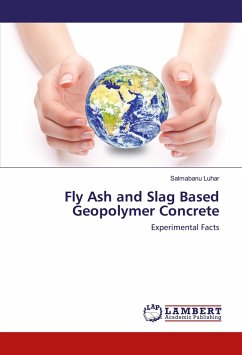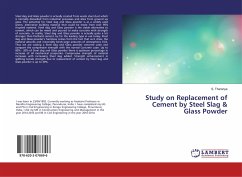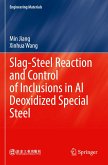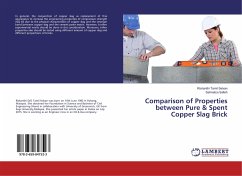The book deals with the reuse of waste, which is a great alternative for preserving natural resources and the environment. In this sense, LD steel slag is one of the most generated waste products in steel mills. It is estimated that for every tonne of steel produced, around 150 kg of steel slag is generated in the LD process. Generally, newly produced LD steel slag is volumetrically unstable and has expansive characteristics, which is why it should be used after stabilisation studies have been carried out. The aim of this work was to develop and implement a methodology for the chemical stabilisation of LD steel slag for use as railway ballast on signalised tracks. The aim is to definitively characterise the use of steel slag on a large scale as railway ballast. During this process, extensive field campaigns were carried out to characterise the slag chemically, geo-mechanically, physically and environmentally, before and after the stabilisation process. The results showed a significant reduction in the expansive potential of the materials, making it possible to use them.
Bitte wählen Sie Ihr Anliegen aus.
Rechnungen
Retourenschein anfordern
Bestellstatus
Storno

